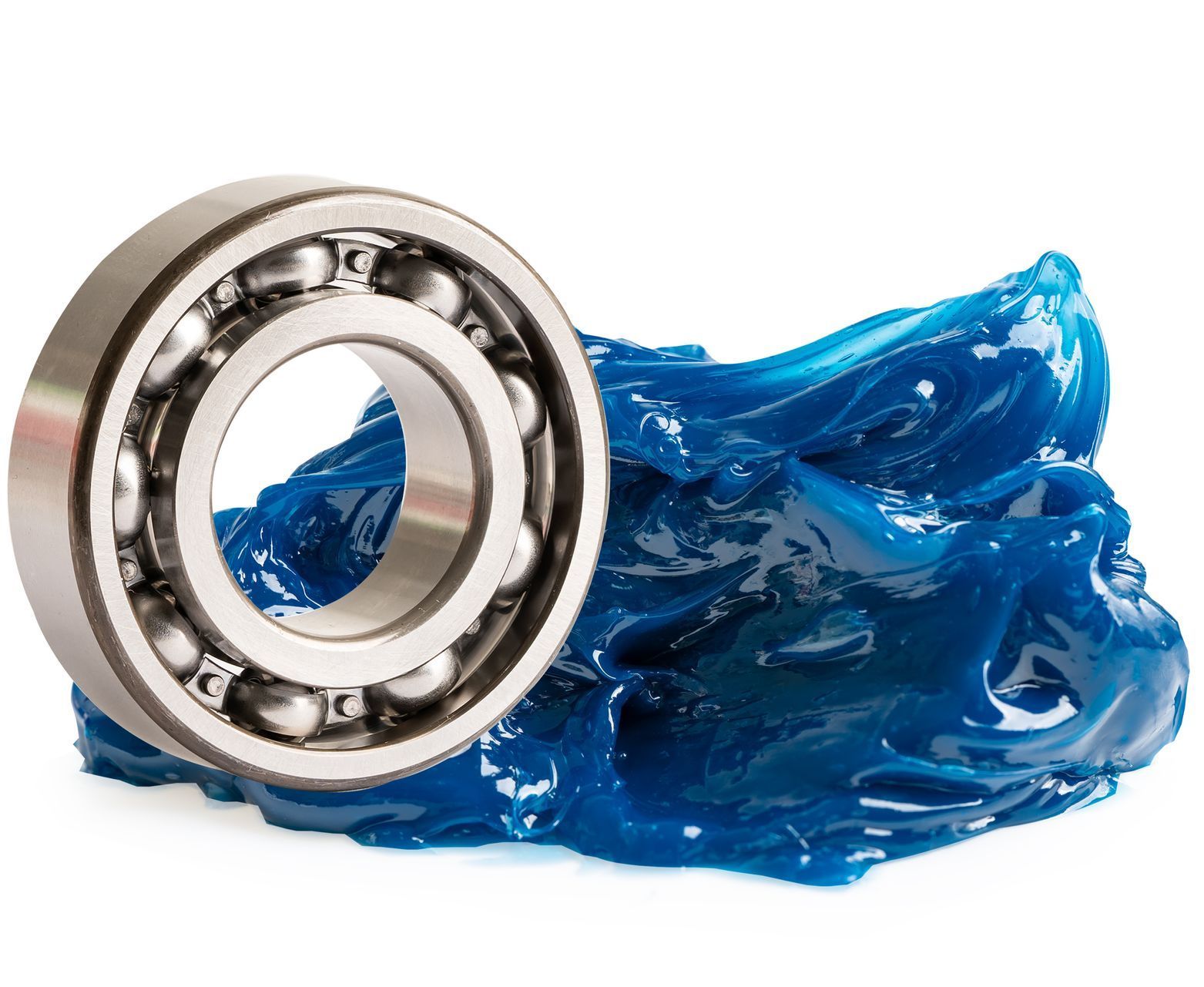Volution Bearing for Dummies
Volution Bearing for Dummies
Blog Article
A Biased View of Volution Bearing
Table of ContentsAn Unbiased View of Volution BearingHow Volution Bearing can Save You Time, Stress, and Money.Not known Facts About Volution BearingVolution Bearing - Truths
This is the quantity of time that a group of apparently the same bearings will certainly complete or go beyond prior to the formation of a fatigue spall. The standard formula for calculating bearing L10 ranking life is: where: C = Dynamic Ability (dN or Pounds) P = Matching Bearing Tons (N or Lbs) N = Rotating speed in RPM e = 3.0 for round bearings, 10/3 for roller bearings All round bearings, tapered roller bearings, and spherical roller bearings are capable of taking a significant axial drive lots.This estimation can be rather complicated as it relies on the family member sizes of the radial and thrust tons per various other and the get in touch with angle developed by the bearing. It would certainly be too tough to show all the approaches of determining P for all the bearing kinds shown. For conical roller bearings, the "K" thrust factor is used.
Radial cylindrical roller bearings that have opposing flanges on their inner and external races have a restricted capability of taking a drive lots though the size of the rollers. It is so limited that we do not suggest customers deliberately do this. Appropriate thrust loading is making use of roller ends and flanges for recurring thrust and finding objectives.
Many applications do not run at a continuous lots or rate, and to select bearings for a specific rating life in hours based upon the most awful operating condition may prove expensive (https://telegra.ph/Revolutionize-Your-Machinery-with-Volution-Bearings-05-06). Often, an obligation cycle can be specified for the various operating problems (lots and speed) and the portion of time at each
Get This Report on Volution Bearing
In such circumstances, a complete task cycle takes place within one transformation of the bearing. Additionally, both instances might be combined for a number of awaited operating conditions with reciprocating movement and various top lots and speeds. Calculating the score life when lots and rates differ entails first determining the L10 ranking life at each running condition of the duty cycle.
T1, T2, Tn = portion of time at different problems, shared as a decimal T1 + T2 + Tn = 1 Lp1, Lp2, Lpn = Life in hours for each period of consistent lots and rate When a bearing does not make a complete rotation yet oscillates back and forth in operation, a lower comparable radial lots can be calculated utilizing the formula listed below: Pe = Po x (/ 90)1/e where: Pe = equal vibrant radial tons Po = actual oscillating radial tons = angle of oscillation, in levels e = 10/3 (Roller Bearings) 3.0(Sphere Brgs) Some applications generate very high radial and drive loads, and it might not be literally feasible or possible to make use of a single bearing that can taking both kinds of load.
When this occurs, the equipment developer have to be mindful to guarantee that the radial bearing takes only the radial tons, and the drive bearing takes just the thrust load. A great way to complete this is to use a round roller bearing with one straight race at the "radial" area, as this bearing can not take any kind of drive.
One means to complete this is to make the fit of the external races extremely loose in their housings: usually.5 mm/.020 In. to 1.0 mm/.040 In. Life change factors permit the initial devices producer to far better predict the actual service lives and reliability of bearings that you pick and set up in your devices.
The Best Strategy To Use For Volution Bearing
Life modification variables, a1, a2 and a3, can theoretically be better or less than 1. Clicking Here manufacturing.0, depending on their evaluation. In the OEM's procedure of predicting the service reliability of his/her tools, it is in some cases essential to raise the reliability of the picked bearings to forecast a longer imply time between failings
If a reduced value for L10 is computed with an a1 element, and it is not appropriate, then a bearing with better Dynamic Capacity requires to be picked. Dependability - % Ln a1 variable 90 L10 1.00 95 L5 0.64 96L4 0.55 97 L6 0.47 98 L2 0.37 99 L1 0.25 There have been several enhancements in birthing design and manufacture for many years that have been verified in life examinations that result in boosted L10 score life.
Many bearing applications are much from laboratory problems. It can be tough to warrant an a3 factor greater than 1.0. Problems such as high temperature, contamination, outside resonance, and so on will certainly lead to an a3 element less than 1. If the lubrication is remarkable and the running rate high sufficient, a substantially boosted lube film can develop between the bearing's internal contact surfaces justifying an a3 element higher than 1.0.

Some Known Factual Statements About Volution Bearing
The following formula is used to compute the System Score Life: L10sys = (L1-w + L2-w + Ln-w)-1/ w where L10sys = rating life for the system of bearings L1, L2, Ln = rating life for the specific bearings in the system w = 10/9 for sphere bearings and w = 9/8 for roller bearings It has been gained from experience that bearings call for a minimum used lots to guarantee grip for the rolling elements so they roll as the shaft starts to turn. https://trello.com/u/volutionbearings.

Report this page